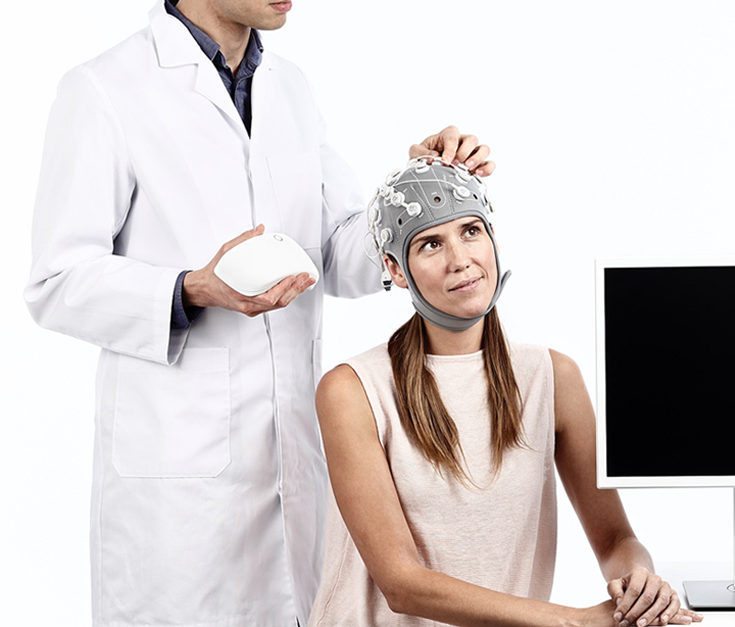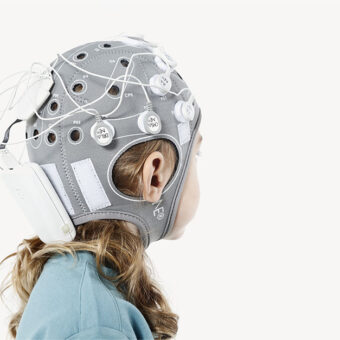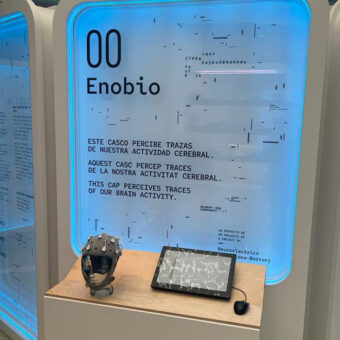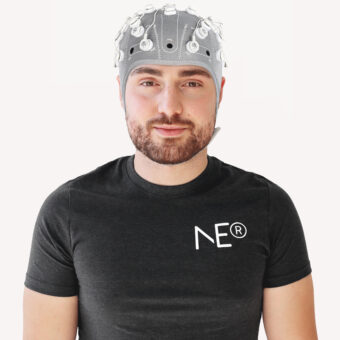In the captivating realm of neuroscience, Electroencephalography (EEG) stands as a potent window into the human brain’s inner workings. To unveil the brain’s mysteries effectively, performing a precise and dependable EEG recording is paramount. Whether you’re a seasoned researcher or a newcomer to EEG experiments, these guidelines will serve as your compass, ensuring the triumph of your endeavor while safeguarding your time investment.
Understanding Your Study’s Purpose
Before embarking on your EEG journey, clarity is your North Star. Understand your study’s objectives and its scientific significance. Let a comprehensive literature review guide your experimental design, ensuring you follow the path of the scientific method, your steadfast companion as a researcher.
Creating the Optimal EEG Recording Environment
Set the stage for success by curating an optimal environment for EEG recording. Strive for minimalism – a serene room housing only necessary equipment: EEG amplifier, computer, monitors, and chairs. If feasible, place the computer outside the recording room to mitigate electromagnetic interference. While a Faraday cage is often used in sophisticated labs, newer technologies like active electrodes can minimize interference effectively, even in more constrained settings. Prioritize participant comfort, fostering cooperation and reliable data.
Pre-Experiment Testing and Acquaintance
Practice isn’t just preparation; it’s perfection. Prior to the main experiment, conduct pre-recording trial runs. Familiarity with equipment and protocols is your armor against unexpected hiccups. Imagine the frustration of derailing a data-rich recording session due to avoidable glitches. These trial runs, ensure you’re battle-tested and ready to steer clear of such pitfalls.
Harnessing the Power of Preliminary Data Analysis
The beauty of data is in its stories. After your pre-recording trials, engage in preliminary data analysis. This step offers a bird’s-eye view, revealing potential protocol enhancements. A minor change might save you precious time and effort. Imagine the realization, post-experiment, that your data was compromised due to avoidable triggers. This thoughtful analysis spares you from such heartaches.
Documentation: A Secret Weapon
Detail is your ally; documentation is your secret weapon. Record participant actions that could sway the EEG recording—movements, drowsiness, or incidental touches. Note time stamps and participant details. This seemingly mundane information could prove pivotal when analyzing variations in EEG data, a treasure trove during analysis.
Conclusion
By adhering to these guidelines, you aren’t just running an EEG experiment; you’re conducting an orchestrated symphony of precision and insight. Your dedication to understanding, setup, preparation, analysis, and documentation will yield a harmonious composition of high-quality EEG Data. This, in turn, contributes not only to your study but also to the collective body of knowledge in neuroscience.
Following these tips guarantees more than a successful experiment; it offers a smoother journey, avoiding pitfalls that can hinder your progress. Each stage of your experiment, from inception to insight, plays a vital role. With a commitment to these guidelines, your EEG experiment isn’t just an experiment—it’s a journey of discovery, growth, and meaningful contribution.
Take a moment to explore our Enobio®—the wireless and super user-friendly EEG system. It’s all set for both simple experiments and those that dive into the deep end of research!
References:
- Luck, S. J. (2014). An Introduction to the Event-Related Potential Technique. MIT Press.
- Niedermeyer, E., & da Silva, F. L. (2004). Electroencephalography: Basic Principles, Clinical Applications, and Related Fields. Lippincott Williams & Wilkins.



